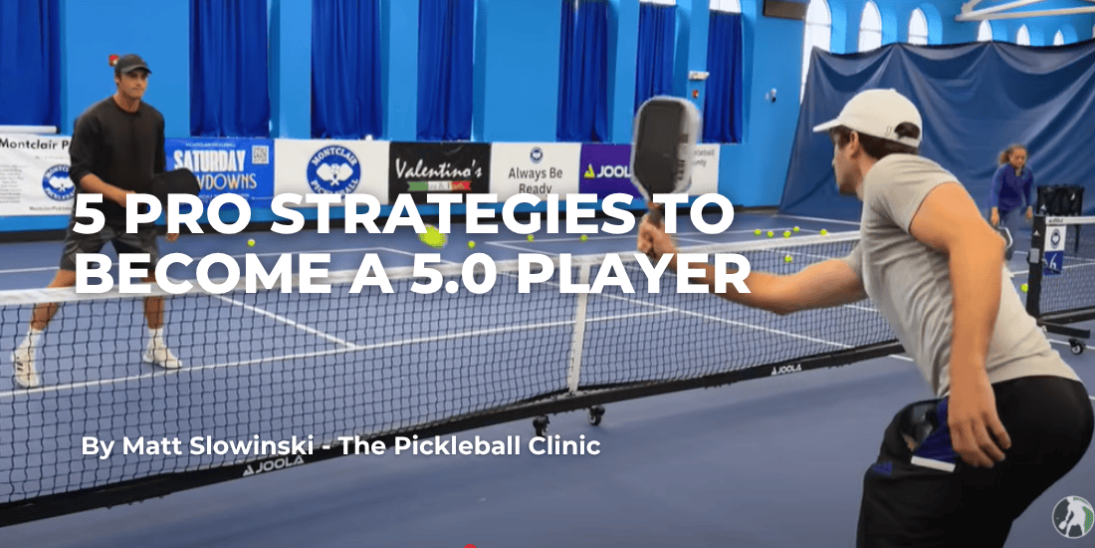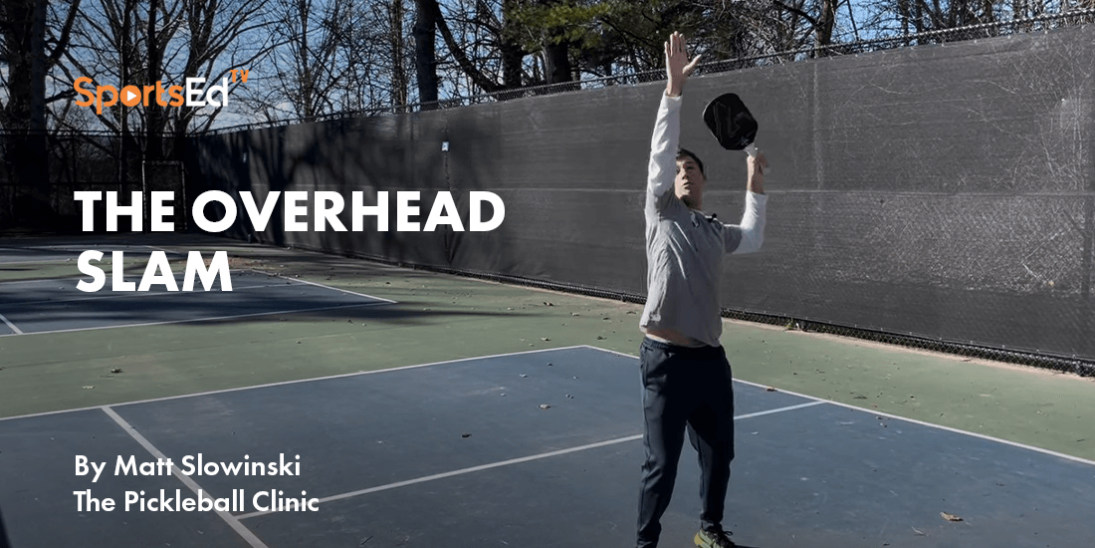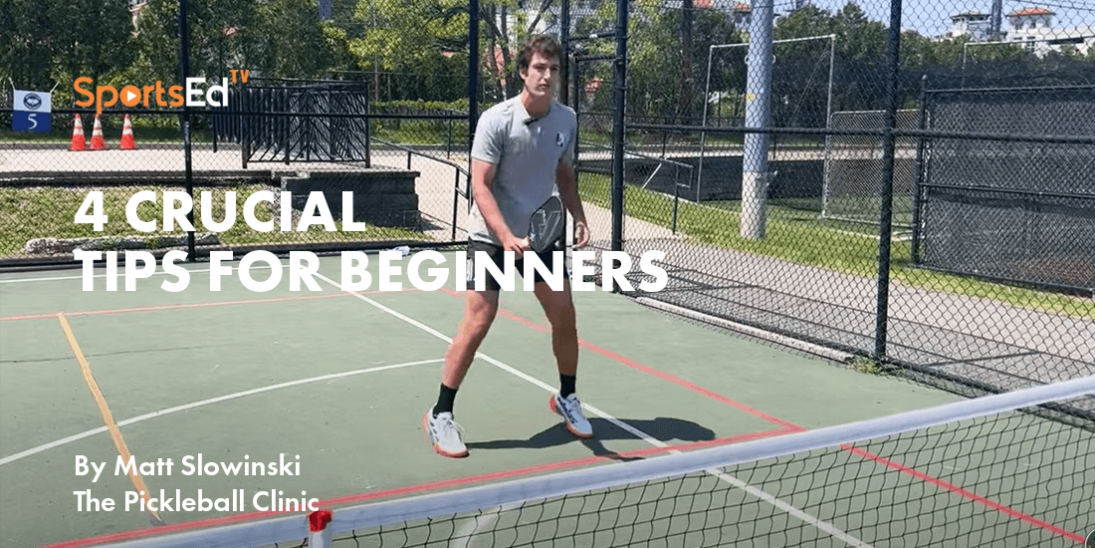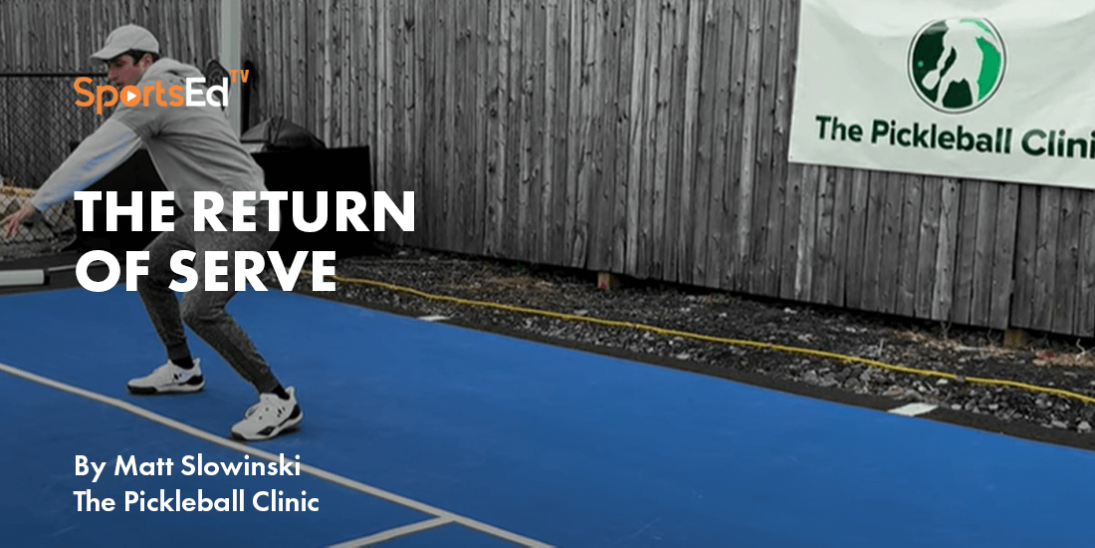Pickleball
Welcome and thanks for visiting...

Pickleball Dinking Strategy For More Wins
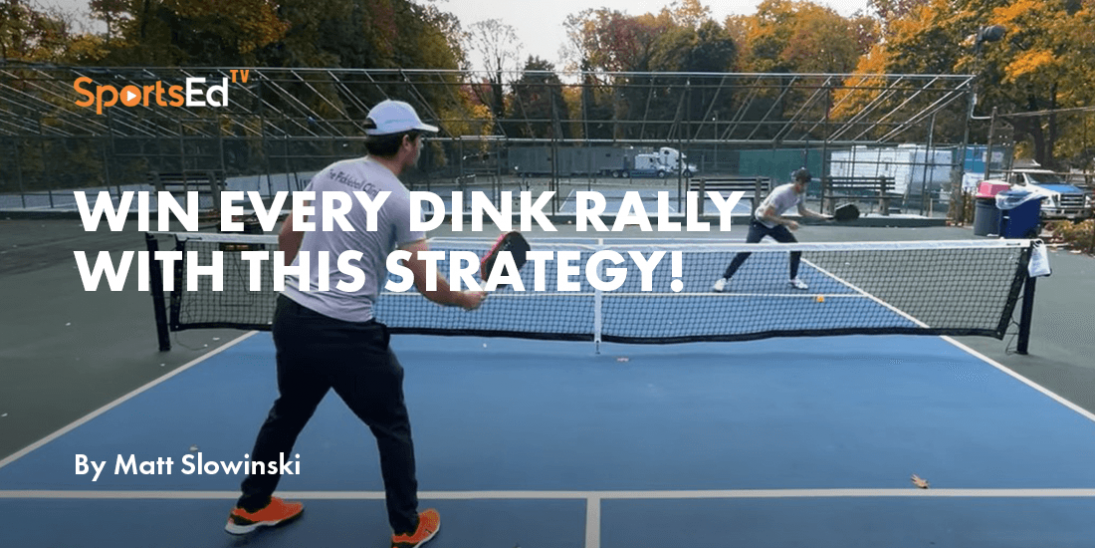
SportsEdTV has partnered with the Pickleball Clinic to offer instructional messaging.
Offensive dinking strategy is the topic of this video and follow-along text. Presenting is Matt Slowinski, Co-Founder of The Pickleball Clinic.
What is a Dink in Pickleball?
The Dink is a soft stroke hit up at the kitchen (non-volley zone) that lands in the opponents’ kitchen. They can be hit with both offensive and defensive intent based on the depth of their hit, the direction, and spin. They’re meant to keep you in the point and looking for a pop-up from your opponents you can take advantage of to possibly win the point.
Dinking Strategy
Today we're going to go through an offensive dinking strategy so that you can earn more pop-ups when you're in a dinking rally and go on offense.
Many players, especially in that 3.5 to 4.0 range, won't do too much on their dinks. They get their dinks in the court very often, but they're not moving them around and hitting them offensively.
What players, in the 4.5, 5.0, and Pro levels do is have a purpose with their dinks. They're trying to be offensive and get their opponent to pop the ball up so they can earn an opportunity to attack.
What we're going to work on here is one of the most basic strategies. I actually learned this from Ben Jones. He talks about this a lot.
What we're going to do is pick a target on the court and that's going to be the opponent's inside foot and outside foot. By inside foot, I'm referring to the foot that's closest to the center line. And by the outside foot, I'm referring to the foot that's closest to the sideline.
What I'm going to do here is I'm going to try to move my opponent out wide and then jam them in the middle. They're moving back and forth, hitting far from their body and then hitting close to their body.
And that discrepancy in positioning is hopefully going to cause them to pop the ball up so I can attack with a rolling volley or speed up.
So here's the dink rally.
I'll dink right to them, then I’ll try to pull them out wide and dink back in and then dink back out wide, constantly moving the opponent around the court.
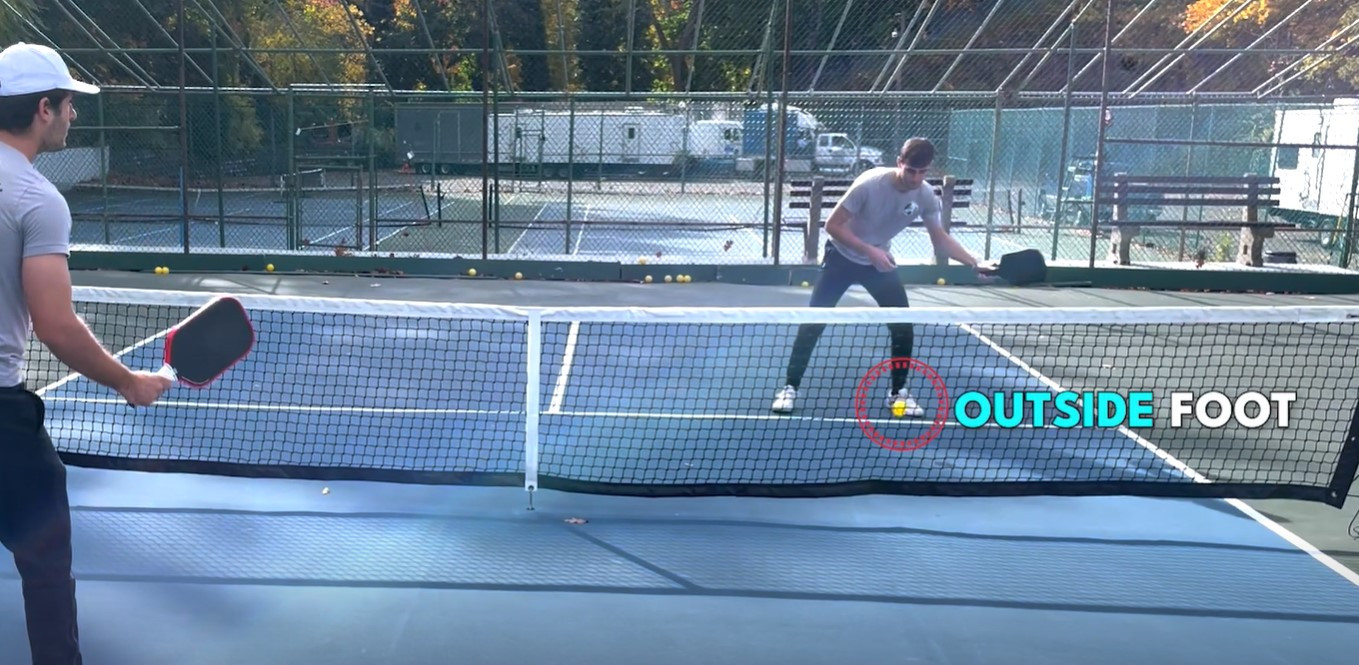
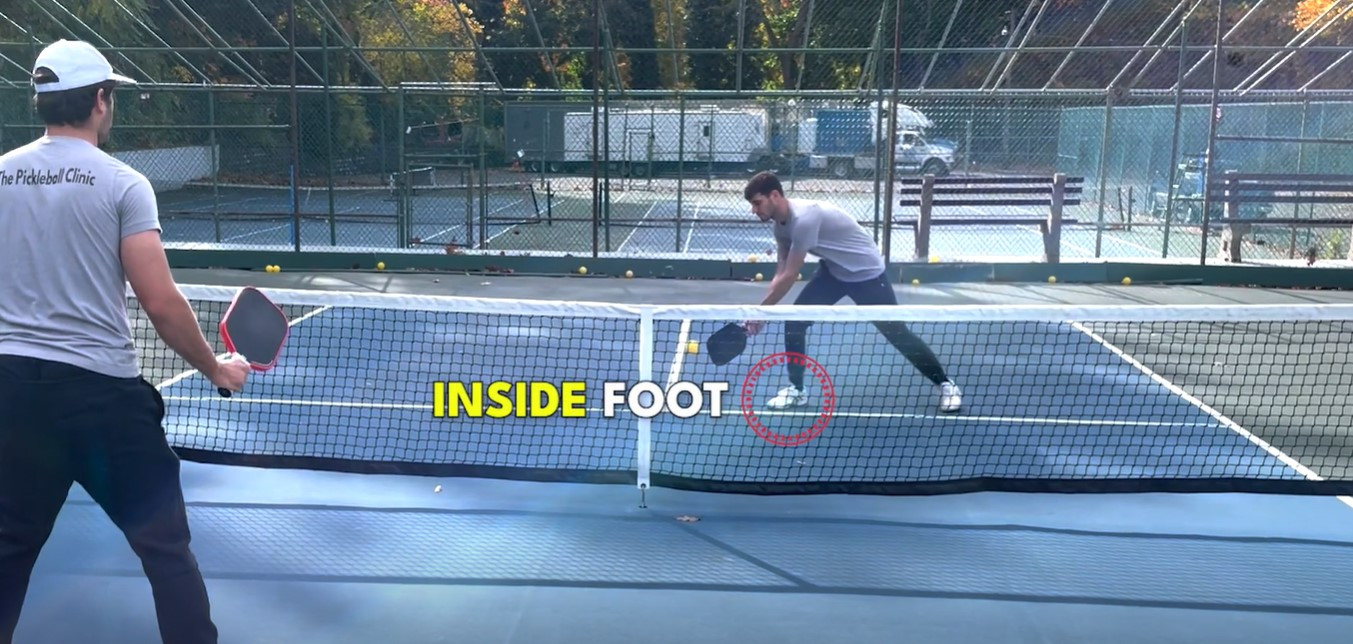
This is a great strategy in doubles if you're trying to target a person on one side of the court because you can keep the ball close enough to the target side without getting it so close to the middle that their partner can get it.





